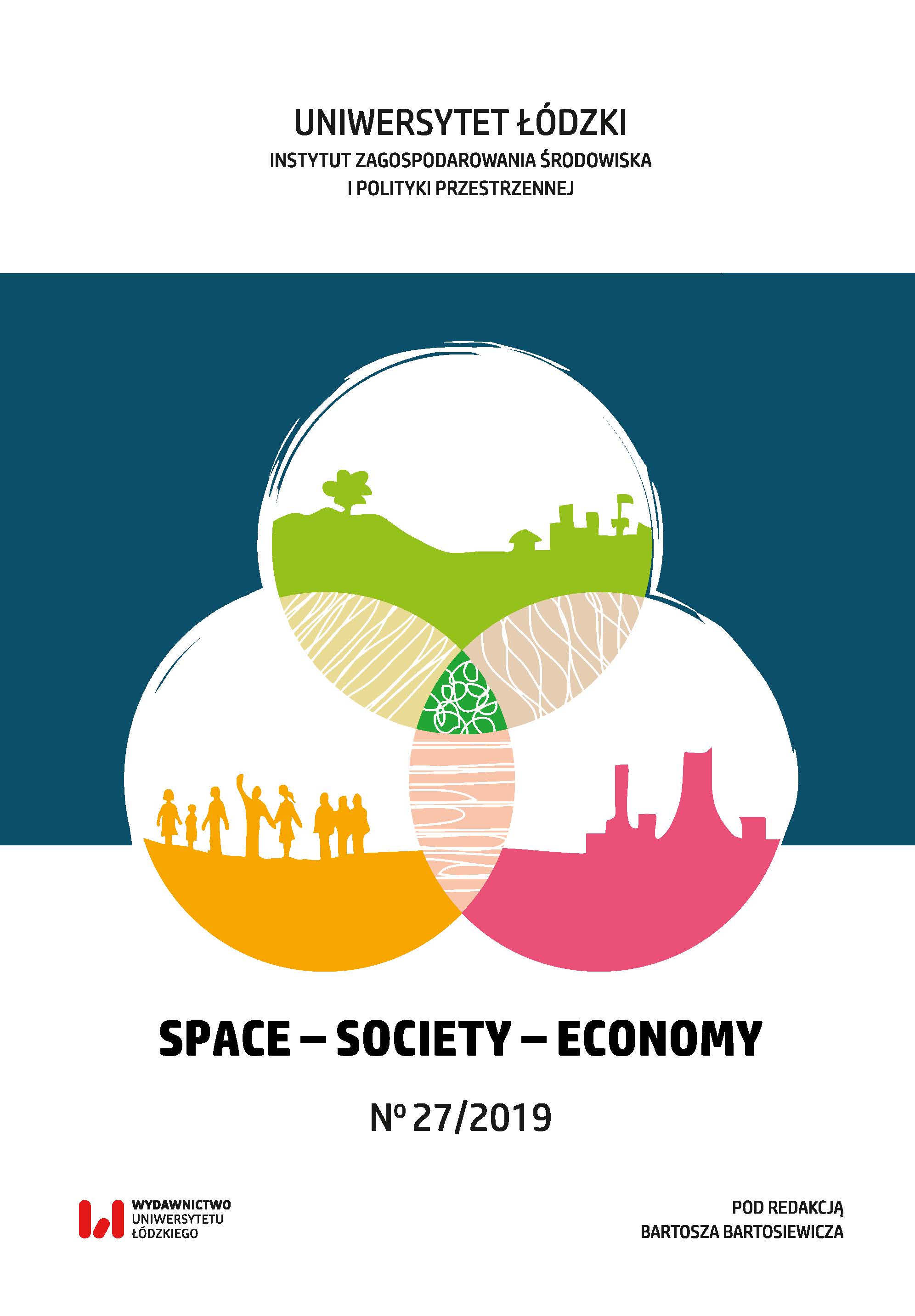Badanie spójności przestrzennej w gminach podmiejskich aglomeracji poznańskiej na przykładzie Lubonia
Study of spatial cohesion in the suburban communes of the Poznań agglomeration – the example of Luboń
Author(s): Joanna Kołata, Piotr ZierkeSubject(s): Architecture
Published by: Wydawnictwo Uniwersytetu Łódzkiego
Keywords: spatial cohesion;spatial order;Poznań agglomeration;
Summary/Abstract: Spatial cohesion is an important element of spatial order. Unfortunately, there is no clear definition of this concept in the research work. Its main meaning usually refers to the relationships that can be created between fragments of a larger structure. The strength of these relations is deepened by the continuity of architectural forms that build spatial order and recognisability of the place. Authors of this paper attempted to define the spatial coherence and to determine the rules of its measurement in three scales: district, town/village and commune, but the presented study focuses on the presentation of the first two scales. The pilot study was conducted in the commune of Luboń, which is characterized by one of the highest population density in the area of the Poznań agglomeration and one of the highest number of new flats. Residential buildings are currently the most common type of development in suburban areas. At the same time it is still developing dynamically in the area of the Poznań agglomeration, and the number of building permits issued for this type of housing significantly exceeds the others. By analysing the development of the Luboń commune, authors hope to identify the reasons for unfavourable spatial phenomena and to develop guidelines aimed at their inhibition.
Journal: Space – Society – Economy
- Issue Year: 2019
- Issue No: 27
- Page Range: 7-27
- Page Count: 21
- Language: Polish

